2010-01-08 13:36
Air cargo demand rise in November
Air cargo demand rise in November
The International Air Transport Association (IATA) reported international scheduled traffic results for November 2009. Passenger demand was up by 2.1% compared to November 2008 while freight demand recorded a 9.5% improvement. Passenger load factors remain at pre-crisis levels of 75.4% while freight load factors stood at 56.6%.
The improvement trends for both passenger and freight are being exaggerated by the sharp fall in demand experienced during the second half of 2008. The following alternative measurements provide perspective:
Passenger demand is 6.4% better than the low point reached in the first quarter of 2009, but still 6% below the peak levels seen in early 2008. Comparing to October (and adjusting for seasonality), passenger demand in November actually fell by 0.7%, primarily due to continued weakness in North America and Europe.
Freight demand is 20% better than the low point in December 2008, but still 10% below the peak levels seen in early 2008. Comparing to October (and adjusting for seasonality), freight demand grew by 4.7%, largely on the strength of markets connected to Asia Pacific.
Demand continues to improve, but we still have a lot of ground still to recover. We cannot anticipate any significant improvement in yields in the coming months. So, conserving cash, controlling costs and carefully matching capacity to demand remain at the keys to survival, said Giovanni Bisignani, IATA Director General and CEO.
International Passenger Demand
Improvements in passenger demand contain significant variances by region.
In November, demand growth was recorded by carriers from Asia-Pacific (+5.1%), Latin America (+8.2%) and the Middle East (+16.5%). Asian traffic growth is driven most directly by economic recovery (with the exception of Japan). Asian economic growth is fuelling strong demand for commodities in both Latin America and Africa. While Latin American carriers are benefitting with business growth, a 2.1% fall in African traffic indicates a loss in market share. Middle East growth of 16.5% can also be related to the strength of Asia and the ability of Middle East carriers to facilitate connection traffic to the region through Middle Eastern hubs.
European and North American carriers both experienced a 3.0% fall in November traffic. Unemployment concerns continue to negatively impact consumer confidence in both markets. Compared to last November, European carriers have cut capacity by 3.9% and North American carriers by 6.7%. While this has boosted load factors, capacity adjustments may also be weighing on growth rates.
International Freight Demand
The bulk of the air freight markets connect Asia. The 14.5% growth in freight demand for Asia-Pacific carriers is linked to the success of stimulus packages in driving industrial output and broader economic recovery within the region.
Carriers in other regions also saw strong growth in freight as follows: Africa (+8.1%), Latin America (+17.5%), Middle East (+21.4%) and North America (+13.6%).
European carriers were the only group to post a drop in traffic, recording a 5.6% fall in demand. This reflects the lingering economic malaise in the region. <Korea Shipping Gazette>
The International Air Transport Association (IATA) reported international scheduled traffic results for November 2009. Passenger demand was up by 2.1% compared to November 2008 while freight demand recorded a 9.5% improvement. Passenger load factors remain at pre-crisis levels of 75.4% while freight load factors stood at 56.6%.
The improvement trends for both passenger and freight are being exaggerated by the sharp fall in demand experienced during the second half of 2008. The following alternative measurements provide perspective:
Passenger demand is 6.4% better than the low point reached in the first quarter of 2009, but still 6% below the peak levels seen in early 2008. Comparing to October (and adjusting for seasonality), passenger demand in November actually fell by 0.7%, primarily due to continued weakness in North America and Europe.
Freight demand is 20% better than the low point in December 2008, but still 10% below the peak levels seen in early 2008. Comparing to October (and adjusting for seasonality), freight demand grew by 4.7%, largely on the strength of markets connected to Asia Pacific.
Demand continues to improve, but we still have a lot of ground still to recover. We cannot anticipate any significant improvement in yields in the coming months. So, conserving cash, controlling costs and carefully matching capacity to demand remain at the keys to survival, said Giovanni Bisignani, IATA Director General and CEO.
International Passenger Demand
Improvements in passenger demand contain significant variances by region.
In November, demand growth was recorded by carriers from Asia-Pacific (+5.1%), Latin America (+8.2%) and the Middle East (+16.5%). Asian traffic growth is driven most directly by economic recovery (with the exception of Japan). Asian economic growth is fuelling strong demand for commodities in both Latin America and Africa. While Latin American carriers are benefitting with business growth, a 2.1% fall in African traffic indicates a loss in market share. Middle East growth of 16.5% can also be related to the strength of Asia and the ability of Middle East carriers to facilitate connection traffic to the region through Middle Eastern hubs.
European and North American carriers both experienced a 3.0% fall in November traffic. Unemployment concerns continue to negatively impact consumer confidence in both markets. Compared to last November, European carriers have cut capacity by 3.9% and North American carriers by 6.7%. While this has boosted load factors, capacity adjustments may also be weighing on growth rates.
International Freight Demand
The bulk of the air freight markets connect Asia. The 14.5% growth in freight demand for Asia-Pacific carriers is linked to the success of stimulus packages in driving industrial output and broader economic recovery within the region.
Carriers in other regions also saw strong growth in freight as follows: Africa (+8.1%), Latin America (+17.5%), Middle East (+21.4%) and North America (+13.6%).
European carriers were the only group to post a drop in traffic, recording a 5.6% fall in demand. This reflects the lingering economic malaise in the region. <Korea Shipping Gazette>
많이 본 기사
- 국제물류업계, 광양항 마지막 배후단지 활용법 모색한다‘일상이 된 물류시장 불확실성’, AI·친환경이 돌파구‘고환율·저운임’ 글로벌 물류기업 일제히 부진한 실적 신고‘수요 둔화 지속’ 컨운임지수 한주만에 1300선으로 후퇴DHL, 중동 두바이에 차세대 물류허브 개소한국해양대, 장금상선등 해운사와 해양인재 양성방안 모색해운협회, 부산항도선사회와 CCTV 활용 안전도선 업무협약KMI, 우리나라와 북극권국가 협력 방안 모색2028년 유엔 해양총회 한국 유치 확정전재수 해수부 장관 사의…“해양수도권 차질없이 육성되길”
- 日 ONE 운항 9100TEU급 컨선 화재…공동해손 선언쿠팡 박대준 대표이사 사임…“개인정보 유출 책임 통감”윌로그, 벤처창업진흥유공 대통령 표창 수상아시아나IDT, 산업안전세미나 개최…‘플랜투두’ 확산 전략 공유아로아랩스, 중기부 창업지원프로그램 선정…연구개발 자금 확보부음/ 해운조합 최종진 본부장 빙모상조선기자재硏·이마린·그린에너지솔루션, 친환경선박 배출수 기술개발...경운대, 국제항공운송협회와 대학 최초 교육협약 체결인천항만공사, 전기차 화재대응 안전역량 강화 나선다에어프레미아, 인천-美 워싱턴노선 내년 4월 신규 취항


















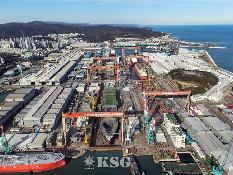
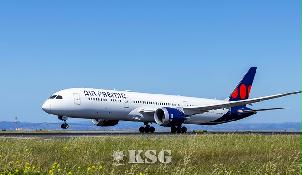


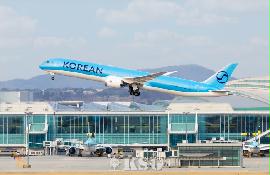






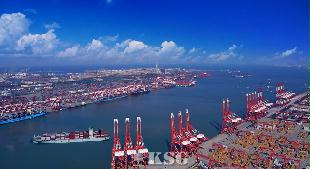
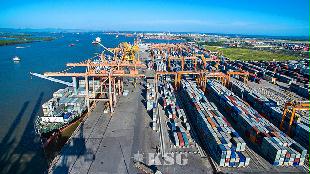
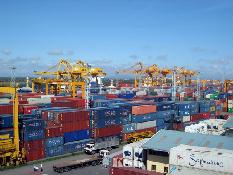






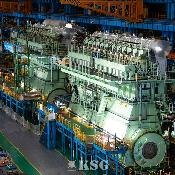
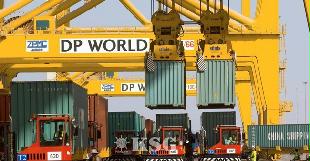

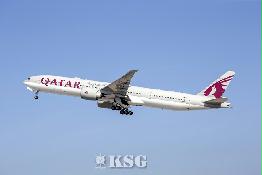





















0/250
확인